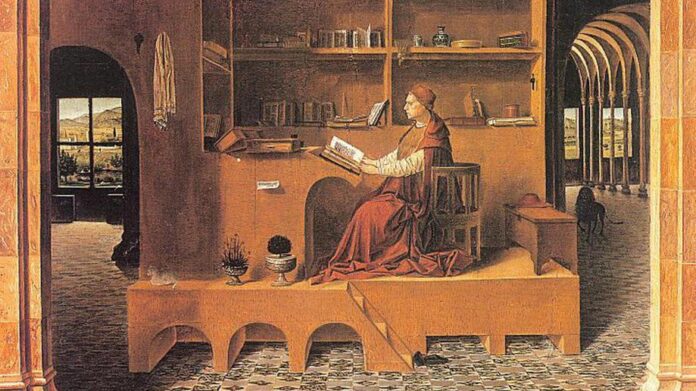From exquisitely decorated lacquer writing boxes to inkstands made from precious materials, the world of work, study and writing has provided ample opportunity for artistic expression throughout the centuries. The development of new types of work and play, from the written word to the art of collecting, led to the evolution of certain types of furniture and implements.
As calligraphy became an important form of religious, bureaucratic and artistic expression in different cultures, new solutions were needed to store its tools and materials. Traditional Japanese calligraphy required six items: ink sticks (sumi) made from soot mixed with animal glue; brushes (fude); a water dropper (suiteki); a knife (kogatana or tosu); an ink stick holder (sumi-basami); and an inkstone (suzuri). Liquid ink was obtained by grinding the ink stick (secured in the inkstick holder) on the inkstone and mixing the residue with water added using the dropper. The inkstone – usually made from an abrasive stone or ceramic, but sometimes jade or another precious stone – was shaped to allow the ink to accumulate as it was mixed.
From the 9th century, a specific type of writing box, the suzuri bako or “inkstone box”, developed in Japan to store these tools. The earliest examples were made in wood, but by the 12th century “sprinkled picture” (maki-e) decoration was in use, so called because metal pigment was sprinkled onto designs drawn in an adhesive material (such as lacquer) on the already lacquered surface of the box. The design and configuration of inkstone boxes evolved through the centuries to include multitiered cases that combined the storage of writing implements with other items such as cosmetics, and they became highly sought-after gifts.
Some early Japanese inkstones were imported from China, where the term “four treasures of the study” (wenfang sibao) had been used to describe calligraphic tools since the 5th century. The four treasures were the brush (bi), the ink stick (mo), the paper (zhi) and the inkstone (yan). Unlike in Japan, these were not usually kept in a box.
Calligraphy was also important in the Islamic world, used both practically and decoratively. Calligraphers perfected their own recipes for ink, with production taking several days and involving numerous ingredients. As such, the inkwell (dawat) became important. In Islamic Persia this was not only a practical tool but also an important symbol of political power. Cylindrical design meant that there were no corners for dried ink to accumulate and a likka, or small ball of silk fibres, was usually placed inside each inkwell to absorb excess ink. Some, such an example now found in the Metropolitan Museum of Art in New York, were made from brass inlaid with silver, and feature intricate floral and animal imagery.


